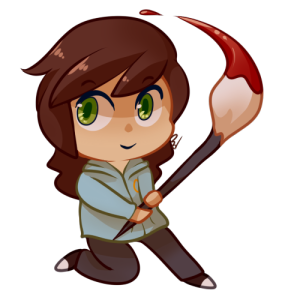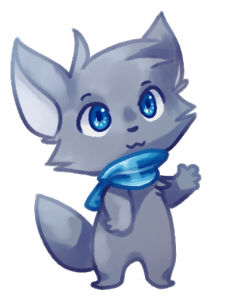I started by setting up the mock animations in photoshop, so that I could work out which keys needed to be lit up at which points from a more traditional animation perspective. This made it a lot easier to plan out what I wanted to do when it came to actually mapping the keys.

I then started setting lights to keys, and settled on two different modes: one would be a raindrop-like animation (that I had skeched in photoshop), and another that would mimic a water pattern, with ripples when keys were pressed. For the raindrop, I just had to map the keys so that they matched up with the frames I had made in photoshop. The water pattern was a little more difficult because the software doesn’t allow layered effects: I had to circumvent this using macros, which was a little tedious (I had to set the ripple effect to every single key individually).













